From Vision to Bottle: Ferguson Whisky’s Award-Winning Debut
Speyside’s newest single malt is turning heads—and it’s only the beginning.
2 min read
Admin : Aug 11, 2022 12:00:00 AM
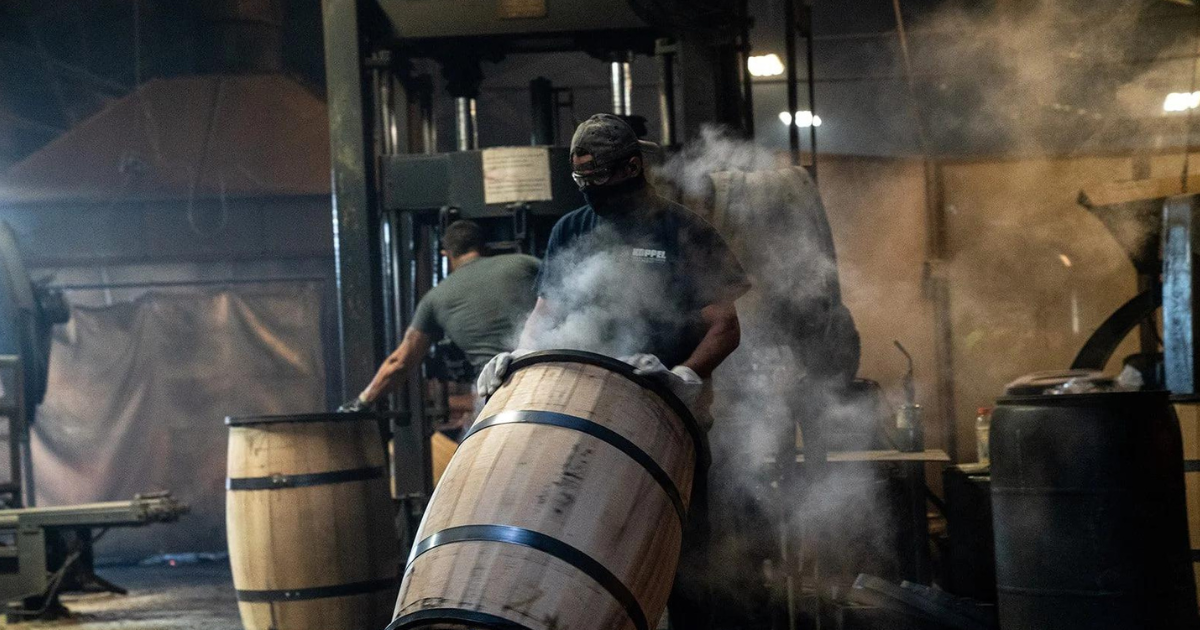
In recent years, a national survey by the Center for Alcohol Policy found that 87% of Americans felt confident in the safety of alcohol beverage products sold in their state. Whether this majority realized it or not, they gave credit to their states’ alcohol policies, all of which include a structure in the American alcohol business known as the three-tier system.
But what is the three-tier system, and how does it benefit both commercial businesses and consumers?
Contact our team of entrepreneurs and business professionals at Brindiamo Group for seasoned knowledge of the three-tier system and to make your alcohol liquid sourcing and business goals a reality.
The three-tier system had its beginnings in the Prohibition Era. From 1919 until 1933, the 18th Amendment declared the manufacture, sale, and transportation of liquor was illegal in the U.S.
Despite its illegality, alcohol was still accessible during this time, although the methods of sourcing were significantly different from those in use today. Moonshine and other illicit alcohol products were produced in secret within private residences and smuggled across state borders. Additionally, the aftermath of the 18th Amendment resulted in issues such as bootlegging, the rise of speakeasies, and a surge in gang-related violence.
After Prohibition ended in 1933 following the ratification of the 21st Amendment, the Federal government granted states the autonomy to establish their own regulations and policies regarding the repeal of Prohibition. This encompassed overseeing alcohol imports, distribution within state borders, and sales of alcohol.
As a result, states started to explore ways to oversee and regulate the alcohol industry, along with implementing measures to collect taxes from alcohol producers.
Mindful of the organized crime syndicates and gangsters who had largely monopolized alcohol operations during Prohibition, states created the three-tier system to prevent the control of alcohol supply chains by any one individual or entity.
In a few words, the three-tier system prevented any one alcohol entity from operating in more than one “tier.”
During Prohibition, brewers often sold their alcohol directly to consumers, which is now referred to as a “tied house.” Tied houses created aggressive competition among saloons and encouraged excessive consumption by consumers, which was detrimental to their health.
To push back on excessive sales and consumption, the three-tier system separated the alcohol business into three categories: production, distribution, and retail.
Eliminating the possibility of tied houses increased public safety (including product quality), led to specific regulations for each tier, and introduced separate tax requirements for manufacturers, importers, and retailers.
For example, the federal government licenses businesses operating within Tier 1 and Tier 2, but leaves licensing of retailers (Tier 3) to their respective states. States, on the other hand, can decide how they want to regulate distribution, local taxation, and alcohol sales, such as restricting alcohol sales on Sundays.
Today, alcohol must make its way through this three-tier system, which the National Alcohol Beverage Control Association says resembles “an hourglass-like structure.” Alcohol is produced by manufacturers, is tracked and taxed through wholesalers and, finally, is received by retailers, who then sell it to customers.
If you're looking to break into the American alcoholic beverage industry or source your liquid from another state, it's important to note that it's not as straightforward as making a U.S. purchase. With 50 different marketplaces, each with their own set of laws, navigating the industry can be quite complex!
Brindiamo Group uniquely consults in all three tiers due to our in-depth knowledge of each. We consult with and help our clients navigate through the system as they seek to build their companies, whether it is designing a new label, selling their business or investing in the industry, or sourcing their liquids.
Whether you are a manufacturer, wholesaler, or retailer, Brindiamo Group can help you reach your goals! Contact us today.
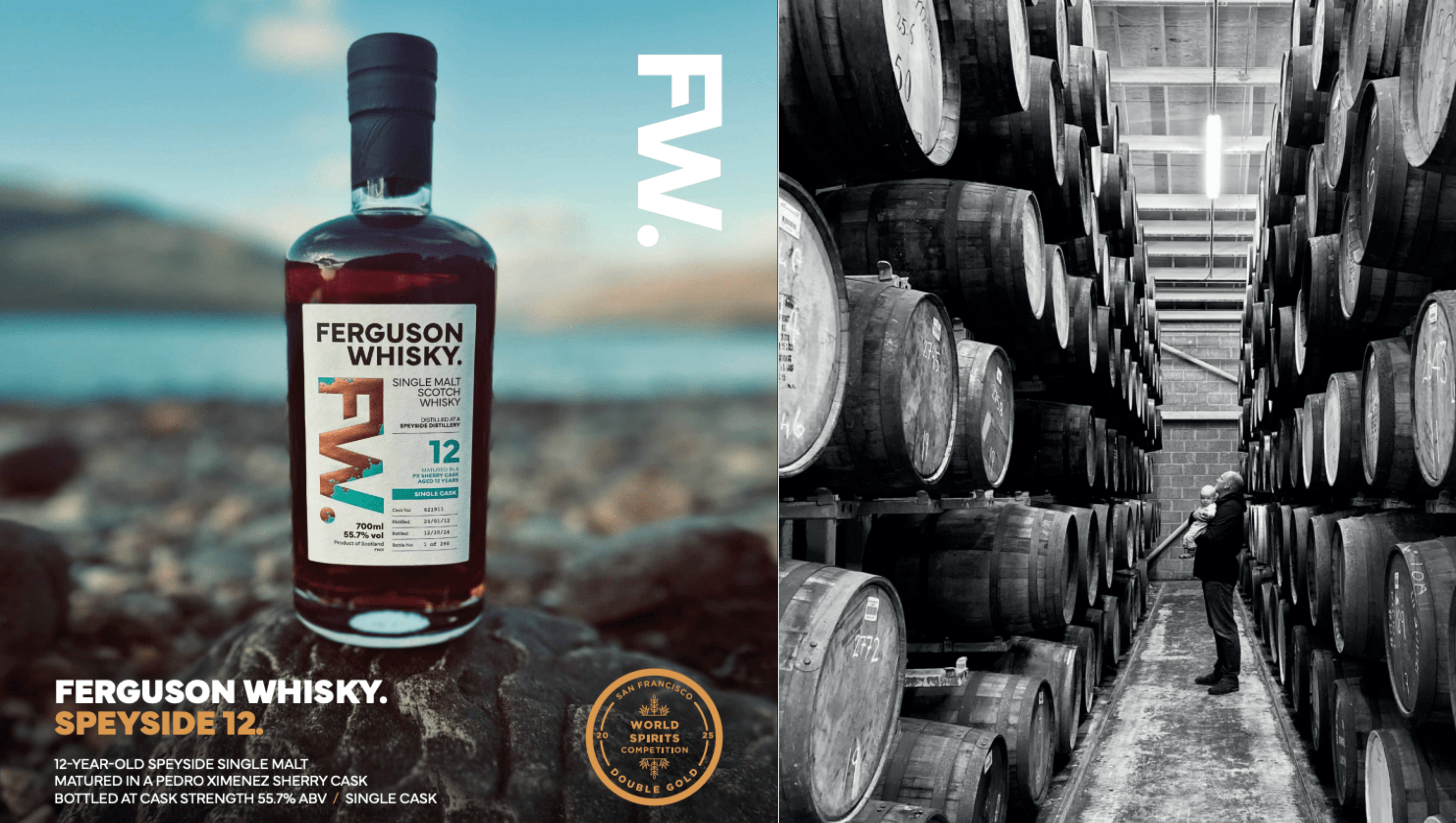
Speyside’s newest single malt is turning heads—and it’s only the beginning.
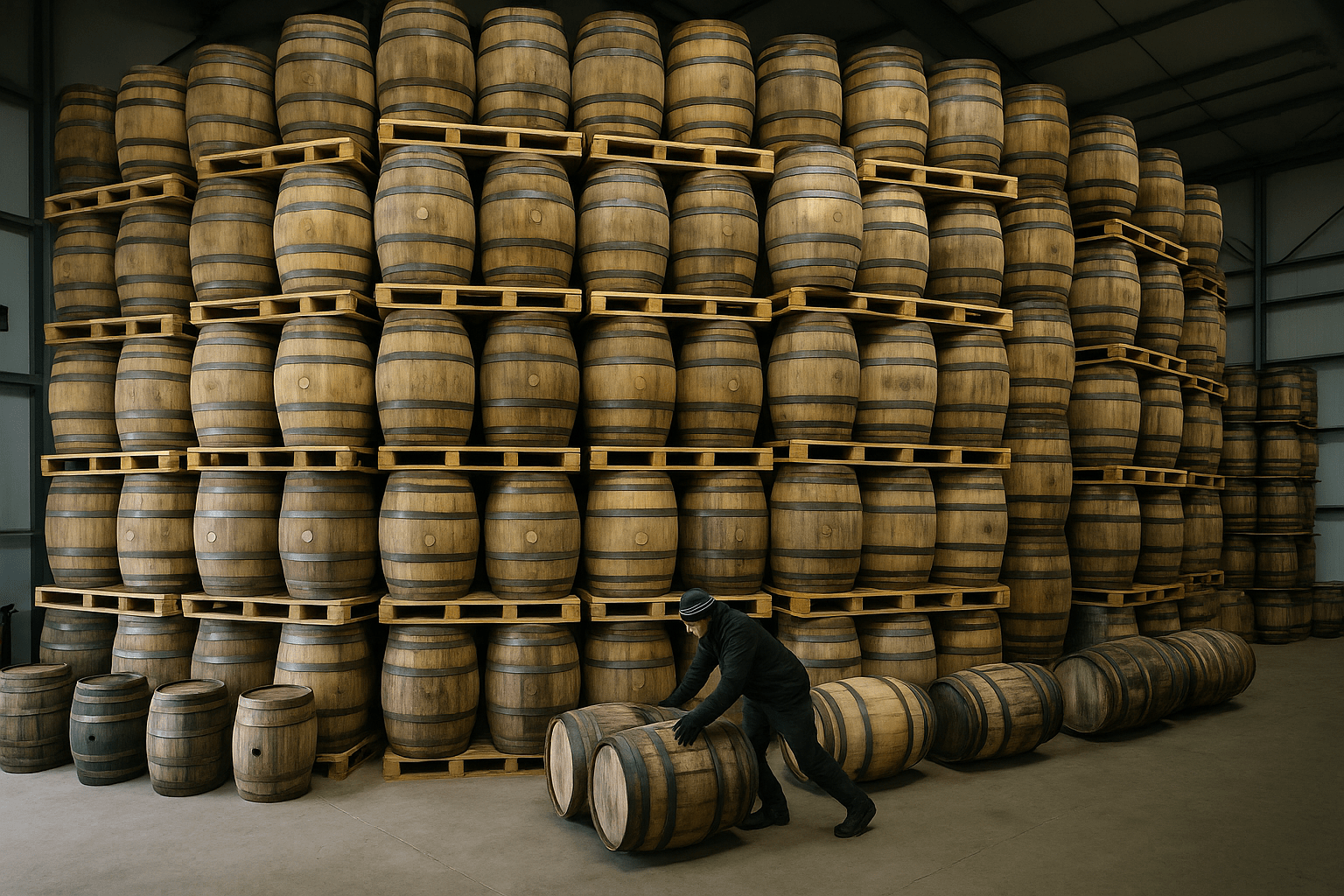
Emerging Trends in Barrel Storage, Risk Management, and Cost-Effective Solutions
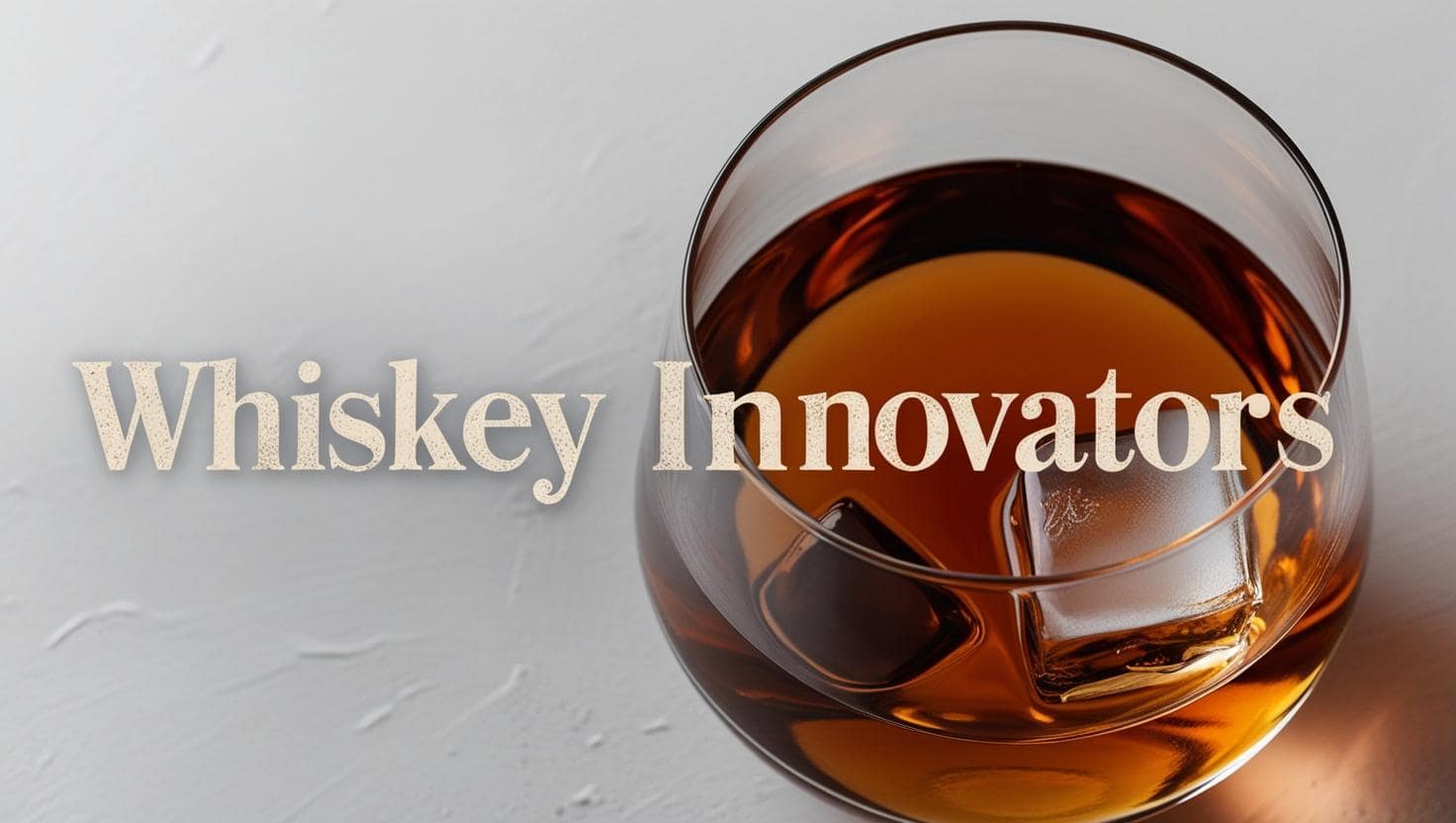
The whiskey world has always rewarded those who play the long game. Amidst a shifting market landscape, one investment group is quietly reshaping how...
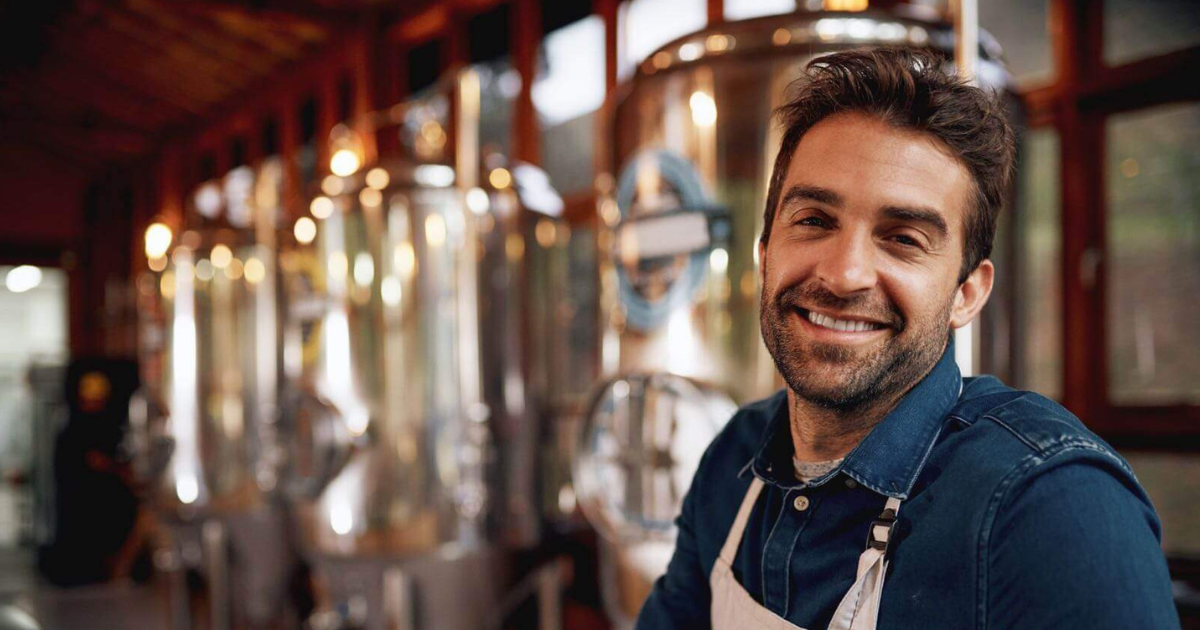
The alcoholic beverage industry presents significant profit potential, attracting many aspiring entrepreneurs. This expansive industry offers...

Did you know that the whiskey industry market is expected to grow by 6.5% compounded in the next few years? With that in mind, it may be time for...

With millions of cases of spirits sold annually, it may be time for your business to consider investing in these quality alcohol brands. Investing in...
Join the conversation
Leave a comment below.